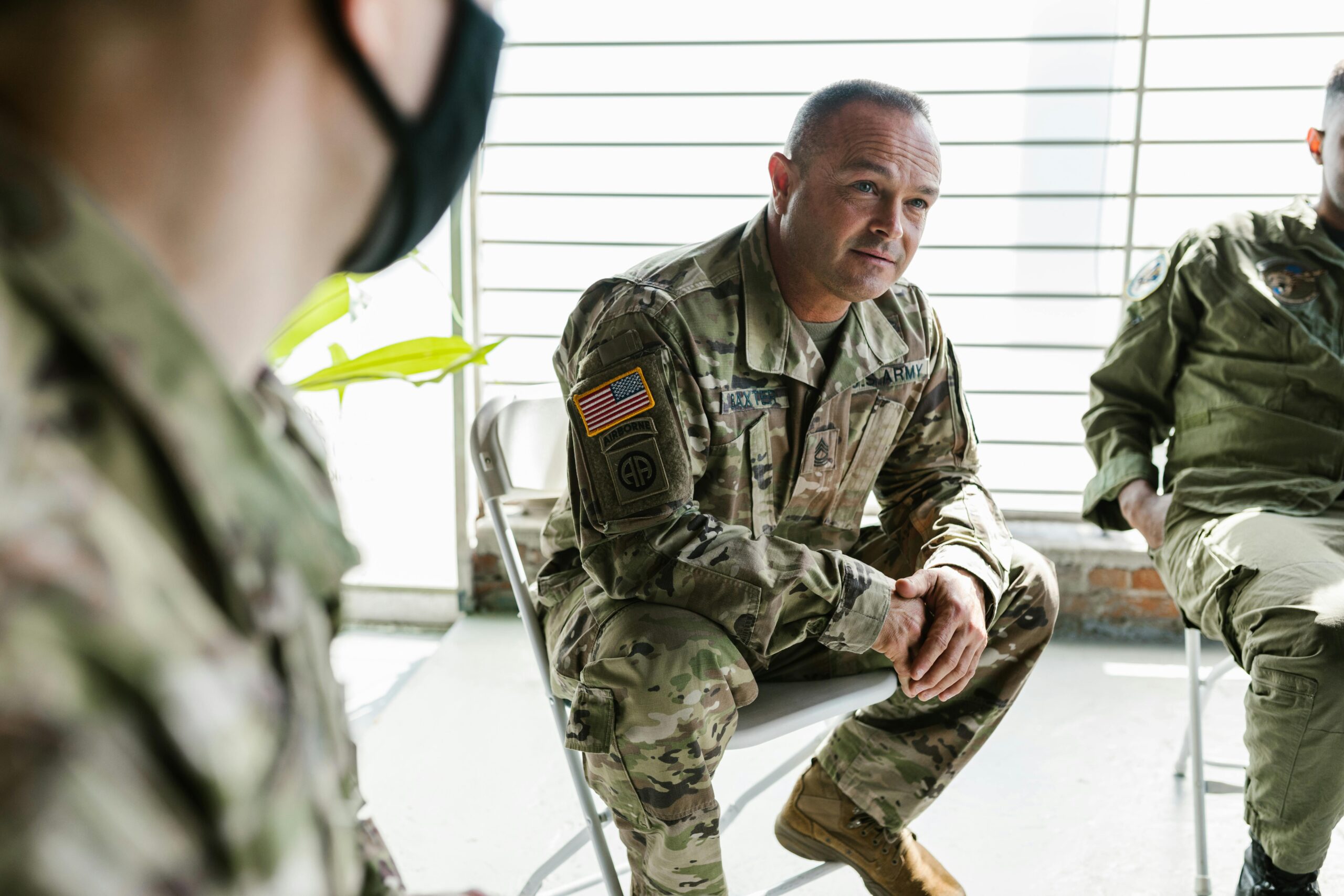Applying for veterans disability benefits can seem difficult, but understanding the steps involved and having the right information can make it more manageable. Here are the most essential aspects of applying for VA disability benefits, and how to apply for veterans benefits.
Timing Your VA Disability Application
It’s crucial to apply for VA disability benefits as soon as possible after being diagnosed with a service-connected condition or when you notice symptoms related to your military service. There is no time limit on when you can apply, but the sooner you submit your application, the sooner you can start receiving benefits if your claim is approved.
Documenting Your Medical Conditions
When completing your VA disability application, make sure to list all the medical conditions you believe are related to your military service. Be as specific as possible and include any secondary conditions that may have developed as a result of your primary condition. If you’re unsure whether a condition is service-connected, include it and let the VA make that determination.
Gathering and Submitting Medical Records
Medical records are important evidence in your VA disability claim. Submit any relevant medical records from your time in service and any post-service treatment records related to your claimed conditions. If you receive treatment at a VA facility, the VA should have access to those records. However, if you receive treatment from a private healthcare provider, you’ll need to obtain and submit those records yourself.
Maximizing Your Chances of Approval
To increase the likelihood of your VA disability application being approved, provide all the necessary evidence and documentation, such as your DD214, medical records, and supporting evidence like lay statements from friends, family, or fellow service members who can attest to your condition. Attend any scheduled VA examinations and be honest and thorough when discussing your conditions with the examiner.
Understanding the VA Disability Benefits Timeline
The time it takes to receive a decision on your VA disability claim can vary depending on factors such as the complexity of your case and the backlog of claims at the VA. On average, it can take several months to a year or more to receive a decision. If your claim is approved, you’ll start receiving benefits from the date the VA received your application.
Dealing with New Medical Conditions
If you develop a new medical condition after filing your initial VA disability application, you can file a new claim for that condition. Provide evidence showing that the new condition is related to your military service or is secondary to a previously service-connected condition.
Appealing a Denied VA Disability Claim
If your VA disability claim is denied, don’t lose hope. You have the right to appeal the decision and present additional evidence to support your claim. The appeals process has changed in recent years, now offering veterans three options: Higher-Level Review, Supplemental Claim, and Appeal to the Board of Veterans’ Appeals. In a Higher-Level Review, a more experienced VA adjudicator will review your claim, but no new evidence can be submitted.
A Supplemental Claim allows you to submit new and relevant evidence to support your case. An Appeal to the Board of Veterans’ Appeals involves a Veterans Law Judge reviewing your case. It’s important to choose the right appeal option for your situation and to seek guidance from a VA-accredited representative if needed.
Maintaining and Increasing Your VA Disability Rating
Once you’ve been granted a VA disability rating, it’s essential to understand that the rating can be subject to change. The VA may periodically request a re-examination to assess the current severity of your condition. If your condition has worsened, you can file a claim for an increased rating. To support your claim, provide medical evidence demonstrating the progression of your disability.
If your condition has improved significantly, the VA may propose to reduce your rating. In such cases, you’ll be notified and given the opportunity to present evidence and argue against the reduction. To maintain your rating, it’s crucial to attend any scheduled VA examinations and to continue seeking treatment for your service-connected conditions, as this helps establish a record of the ongoing impact of your disability on your daily life.
Exploring Additional Benefits for Disabled Veterans
In addition to VA disability benefits, disabled veterans may also be eligible for Social Security Disability Insurance (SSDI) or Supplemental Security Income (SSI). Each program has its own application process and eligibility requirements, and it’s possible to receive both VA disability and Social Security benefits simultaneously.
Contact Benefits Claim Advice Help with How to Apply for Veterans Benefits
At Benefits Claim Advice, our representatives help veterans with the VA disability benefits system. Whether you need assistance with your initial application, appealing a denied claim, or maintaining and increasing your disability rating, our knowledgeable and compassionate team is here to guide you every step of the way. We understand the challenges veterans face when applying for benefits, and we’re committed to providing personalized support to help you secure the benefits you’ve earned through your military service. Contact Benefits Claim Advice today to schedule a consultation with one of our expert representatives and let us help you get the support you deserve for how to apply for veterans benefits.

